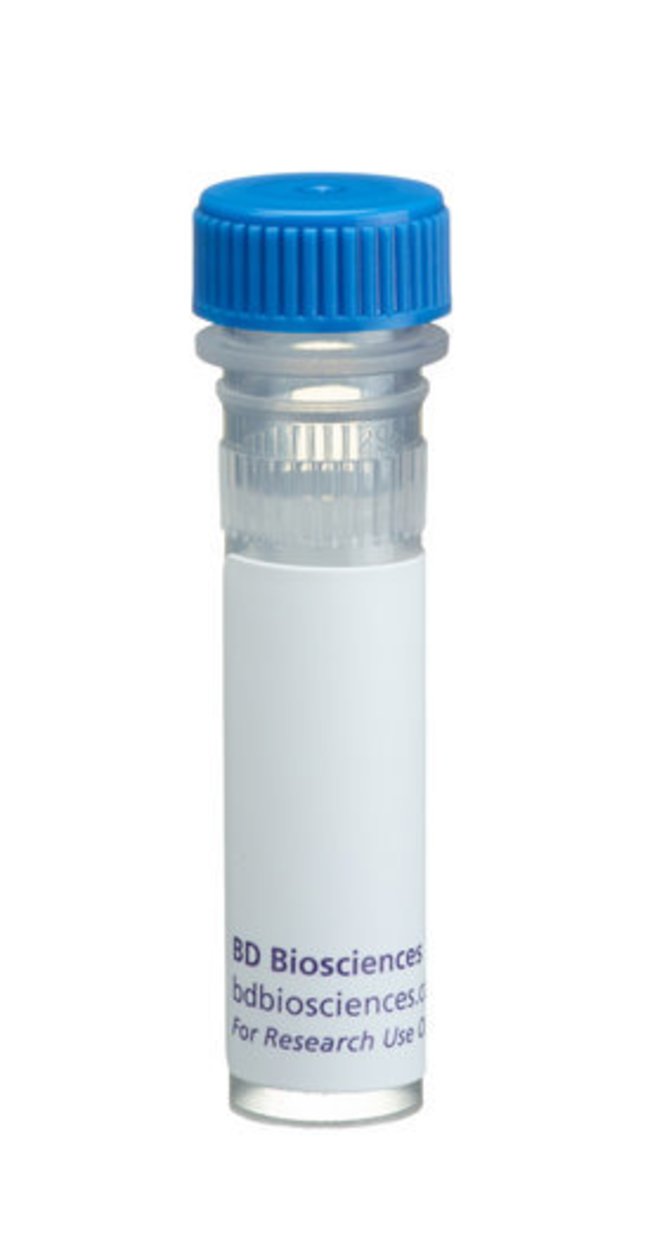PDI Mouse, Unlabeled, Clone: 34, BD, Mouse Monoclonal Antibody, Each

Details
The ER is the site of translation of membrane and secretory proteins. Following synthesis, it shuttles these proteins through a contiguous membrane system to their appropriate destinations. Protein disulfide isomerase (PDI) is an abundant, multifunctional, eukaryotic protein. Although it exhibits ubiquitous expression, it is primarily located in the ER lumen. Here, it functions to catalyze the isomerization of intramolecular disulfide bridges, thereby allowing them to generate their most thermodynamically stable configurations. This role in rearrangement has lead to the classification of PDI as a chaperone. Although protein folding occurs in its absence, PDI may be essential for it to proceed at a physiological relevant rate. In addition, PDI is the β-subunit of prolyl 4- hydroxylase and is a component of the triglyceride transfer complex. PDI is retained in the ER lumen via its C-terminal -KdaEL sequence. Via this sequence, it is continuously recycled back to the ER from other membranous compartments. Thus, PDI is a diverse protein whose primary function may be to correct disulfide bonding and, thus, ensure the most stable conformation of newly synthesized proteins.Immunofluorescence, Western Blotting
Additional Information
| SKU | 10135204 |
|---|---|
| UOM | Each |
| UNSPSC | 12352203 |
| Manufacturer Part Number | 610947 |

